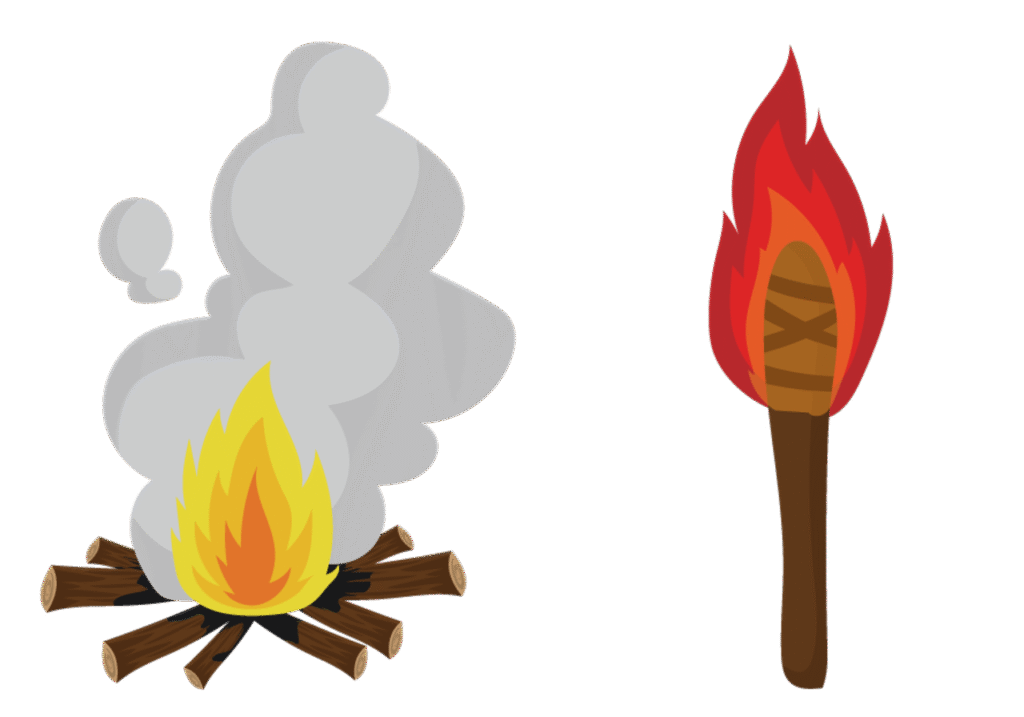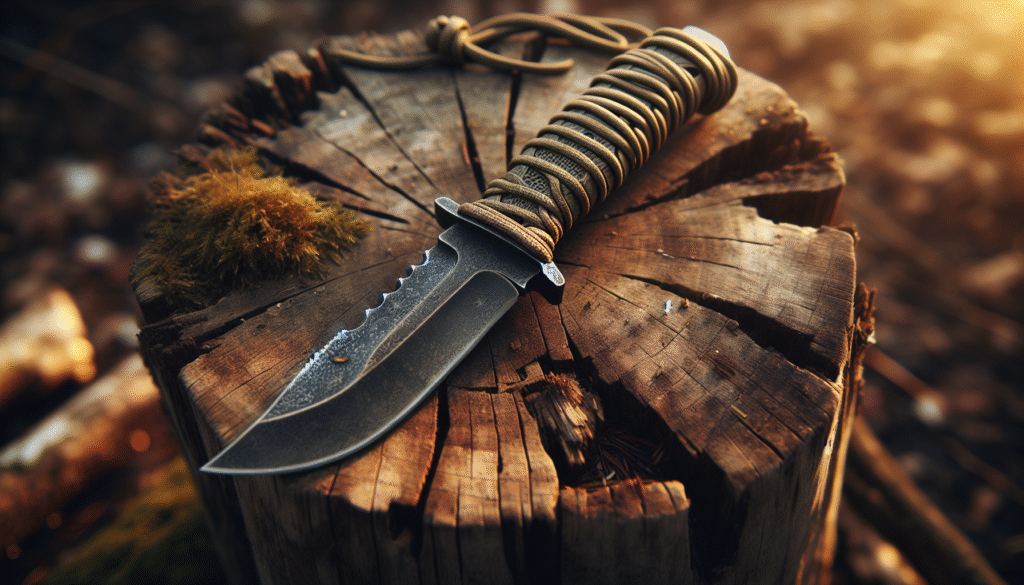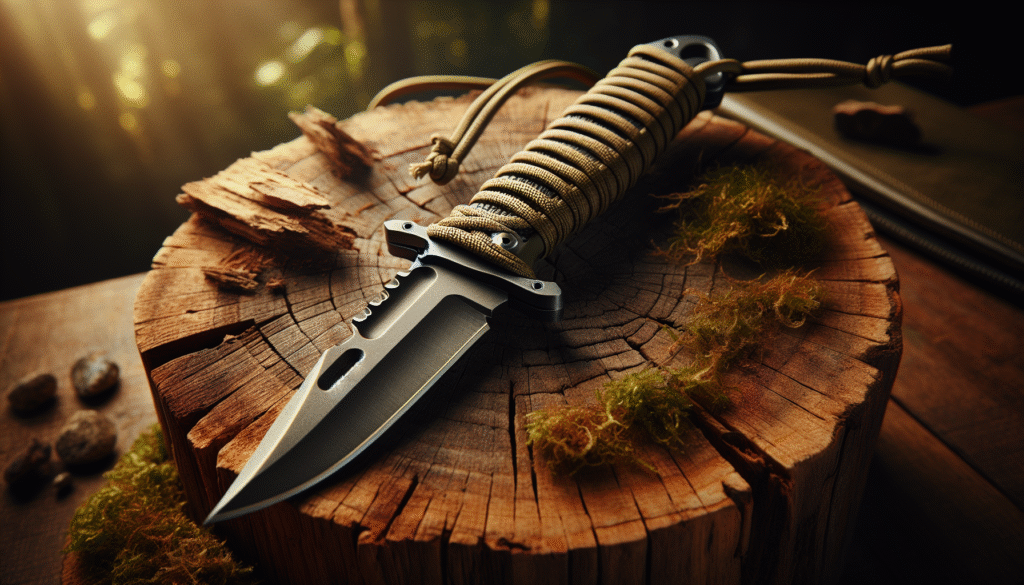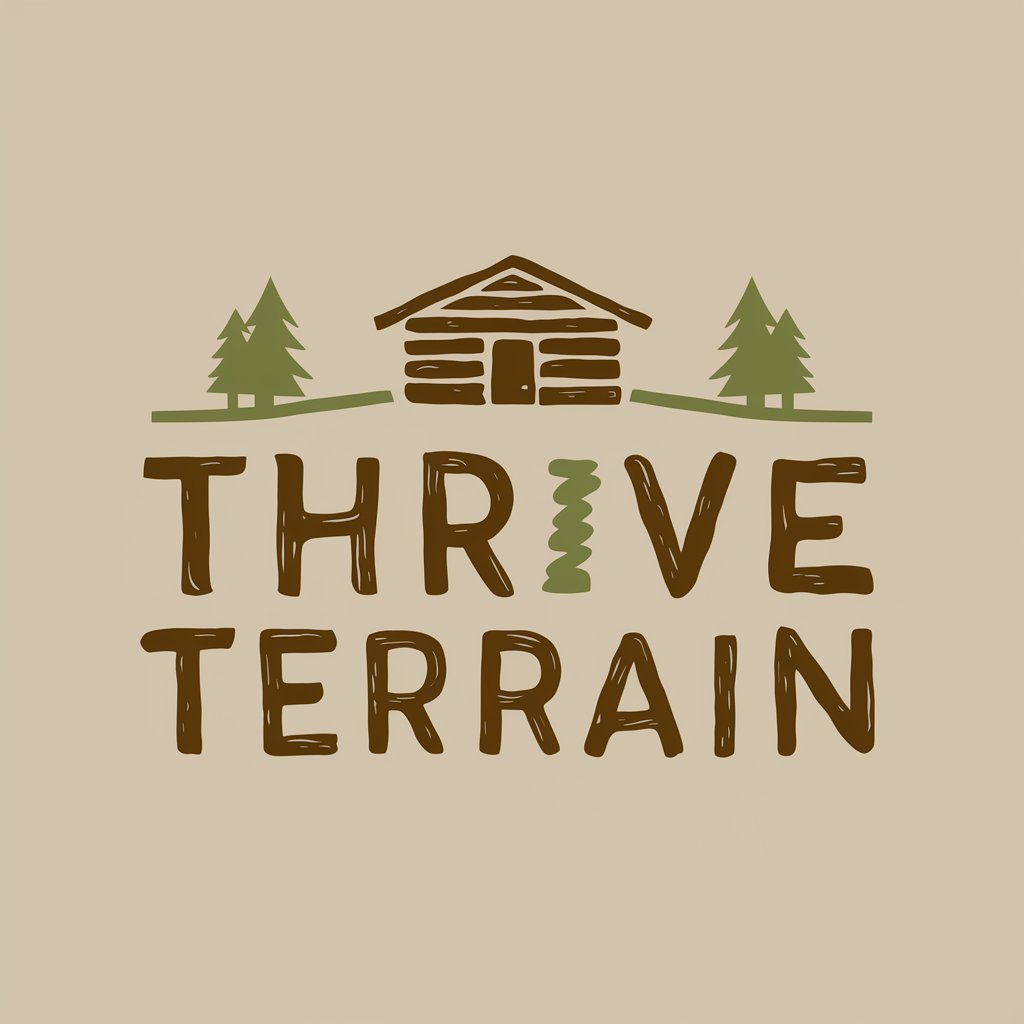?What skills would most increase your chances of thriving in a long-term survival scenario?
Which Skills Are Most Useful In A Long-Term Survival Scenario?
Long-term survival demands more than short bursts of improvisation; it requires systems, routines, and durable skills that let you sustain health, safety, and community over months or years. You’ll need a mix of practical know-how, mental resilience, and social competence to manage resources, care for people, and adapt to changing conditions. This article breaks down the essential skills and shows how to prioritize and practice them.

This image is property of pixabay.com.
How to think about skill priorities
You’ll want to balance immediate needs (water, food, shelter, safety) with long-term systems (food production, sanitation, energy, governance). Think of skills in layers: foundational life-sustaining skills first, then maintenance and production skills, then community and organizational skills that let you scale survival into a stable way of life.
The “rule of threes” as a guide
The rule of threes (about three minutes without air, three hours without shelter in extreme conditions, three days without water, three weeks without food) helps you rank immediate priorities. Use it to decide which skills to learn and practice first, but keep in mind the long-term focus requires investing in skills that handle months-to-years problems like food production and disease prevention.
Essential life-sustaining skills
These are the skills that keep you and others alive in the days and weeks after a disruptive event. Mastery here reduces short-term risk and buys time to build longer-term systems.
Water procurement and purification
Water is the highest short-term priority. You should be able to locate, collect, and purify water from natural sources and stored supplies. Learn multiple purification methods (boiling, filtration, chemical treatment, UV) and practice maintaining filters and recognizing safe sources.
- Practice tip: Test different filters and chemical treatments in various water conditions so you know what works for turbid, salty, or biologically contaminated water.
Shelter building and weather protection
You’ll need to create or repair shelter to control exposure to weather, insects, and temperature extremes. Skills include site selection, basic carpentry, tarp and cordage shelter construction, insulation, and stormproofing.
- Practice tip: Build different shelters (lean-to, debris hut, tarp shelter) under time constraints and in different seasons.
Firecraft and safe use of fire
Fire provides warmth, sterilization, cooking, water treatment, and psychological comfort. You should master multiple fire-starting methods (matches, lighters, ferro rods, friction) and fuel management, plus safe stove usage and smoke management.
- Practice tip: Cook full meals over improvised fires and learn to control heat for boiling vs slow-cooking.
Food procurement and preparation
Short-term food skills include hunting, fishing, trapping, and foraging. You should also be capable of basic food preparation and safe cooking methods to avoid foodborne illness.
- Practice tip: Learn local edible plants and practice preparing wild-caught fish or game using minimal equipment.
First aid and basic medical skills
You must be able to treat trauma, control bleeding, set splints, manage wounds, and handle common infections. For long-term scenarios you also need knowledge about sanitation, antibiotics alternatives, chronic disease management, and sterilization techniques.
- Practice tip: Take certified first-aid and CPR courses, then practice wound care and field dressings on training dummies or under instructor supervision.
Longer-term sustainability skills
Once immediate survival is secure, you’ll need systems to supply ongoing needs: food, energy, shelter repair, and healthcare. These skills let you transition from survival to sustainable living.
Small-scale agriculture and food production
Growing crops reliably is central to long-term survival. You should learn soil management, crop rotation, seed saving, pest control, irrigation basics, and season extension techniques like cold frames and greenhouses.
- Practice tip: Start a backyard garden with staples (beans, potatoes, grains where possible) and learn to save seeds from at least three crops.
Animal husbandry and protein production
Raising chickens, rabbits, goats, or small livestock gives you steady protein, milk, eggs, and manure for fertilizer. Learn breeding basics, feed alternatives, basic veterinary care, and predator protection.
- Practice tip: Volunteer on a small farm or homestead to gain hands-on experience before you need the skill under stress.
Food preservation and storage
You’ll need to preserve harvests and manage food storage to avoid spoilage and pest losses. Key methods include canning, smoking, salting, drying, fermenting, root cellaring, and cold storage alternatives.
- Practice tip: Preserve foods each season and track shelf life; practice canning safely to avoid botulism.
Sanitation, waste management, and disease prevention
Disease can devastate a small group. You should understand latrine placement, greywater management, composting toilets, hygiene protocols, and simple disinfection practices for buildings and tools.
- Practice tip: Set up a composting toilet system and maintain it properly to prevent contamination of water sources.
Tools, repair, and construction skills
Long-term scenarios demand you repair, build, and adapt infrastructure. You’ll use tools constantly and need to keep them operational.
Carpentry and structural repair
Learn basic framing, roofing, door/window repair, and found-material construction. Knowledge of types of lumber, fasteners, and load-bearing principles is essential.
- Practice tip: Retrofit a shed or build a small cabin to gain experience with framing and weatherproofing.
Metalworking and basic blacksmithing
You’ll need to make or repair tools, hinges, blades, and hardware. Basic welding, brazing, forging, and metal-shaping skills let you improvise replacements for broken parts.
- Practice tip: Start with small welding or blacksmithing projects like making a chisel or hammer.
Mechanical repair and maintenance
Keeping generators, pumps, vehicles, and small engines running is crucial for mobility and power. Learn routine maintenance, troubleshooting, and field repairs for common engines and mechanical systems.
- Practice tip: Work on a small engine or vehicle; practice replacing belts, fixing fuel systems, and maintaining carburetors or fuel injection.
Tool selection and maintenance
Knowing which tools to prioritize and how to maintain them extends your capability. Files, chisels, hammers, saws, multi-tools, and sharpening stones should be part of your core kit.
- Table: Essential tools for long-term survival
| Category | Tools |
|---|---|
| Cutting & shaping | Fixed-blade knife, folding saw, hatchet, chisels, files |
| Fastening | Hammer, screwdrivers (various), adjustable wrench, pliers |
| Power & fuel | Hand drill, generator (if available), fuel-handling tools |
| Metalwork | Welding set (if possible), anvil or heavy metal block, hammer |
| Digging & earthwork | Shovel, pickaxe, mattock |
| Measuring & marking | Tape measure, square, level, marking tools |
| Maintenance | Sharpening stone, oil, spare parts kit |

This image is property of pixabay.com.
Health, medicine, and childbirth
Long-term scenarios amplify health needs: chronic disease management, maternal/child health, dental care, and mental health. You should aim to develop knowledge and stock appropriate supplies.
Advanced first aid and field medicine
Beyond basic trauma, learn suturing, wound debridement, splinting complex fractures, IV fluid administration (if trained), and recognizing systemic infections. Training through medical professionals is strongly recommended.
- Practice tip: Attend wilderness medicine or tactical combat casualty care courses to learn field techniques under realistic conditions.
Preventive medicine and hygiene
Vaccination history, sanitation practices, pest control, vector avoidance (mosquito nets, insect repellents), and nutrition all prevent disease. You’ll need routines for clean water, food handling, and personal hygiene to minimize outbreaks.
- Practice tip: Set and maintain daily hygiene routines for your group and monitor for early signs of infection.
Maternal and pediatric care
If children and pregnant people are present, you need skills in prenatal care, safe deliveries, neonatal care, and recognizing complications that require urgent attention.
- Practice tip: Learn basic childbirth assistance from qualified courses and have a birthing kit prepared.
Security, defense, and safety
Protecting people and resources becomes critical, but you must balance physical defense with ethical considerations and long-term relationships.
Situational awareness and risk assessment
Being alert to threats and understanding local dynamics helps you avoid conflict and prepare appropriate responses. Use layered security: physical barriers, early warning, and community engagement.
- Practice tip: Conduct regular risk assessments of your site and run security drills.
Non-lethal defense and conflict de-escalation
Violence often escalates when resources are scarce. Learn negotiation, mediation, and non-lethal defense techniques to protect your group without creating enemies.
- Practice tip: Role-play conflict scenarios and practice communication strategies that reduce tension.
Firearms and lethal defense (if applicable)
If you choose to employ firearms, train extensively in safe handling, marksmanship, maintenance, and legal/ethical use. Firearms are tools of last resort and require responsibility and secure storage.
- Practice tip: Obtain certified training, practice regularly at a range, and teach safe storage and handling to your group.

This image is property of pixabay.com.
Navigation, communication, and information
You’ll need to move, survey, and exchange information in a long-term scenario. Redundant methods reduce single points of failure.
Map reading and land navigation
Knowing how to read topographic maps, use a compass, and navigate by landmarks or stars keeps you oriented. GPS devices are useful but can fail; analog skills are essential backups.
- Practice tip: Practice land navigation with a map and compass, setting timed checkpoints and creating routes.
Radio and long-range communication
Short-wave radios (HF), VHF/UHF, and handheld transceivers help maintain contact with other groups and access situational updates. Understand encryption, radio etiquette, and antenna setup.
- Practice tip: Set up and test a radio communications plan and practice scheduled check-ins.
Information gathering and decision-making
Collecting reliable information about weather, threats, and local conditions lets you make better decisions. Learn basic intelligence gathering (open-source info, local interviews) and verify sources.
- Practice tip: Create simple information reporting templates and practice summarizing key facts for group briefings.
Social, leadership, and community skills
An organized group with shared goals will outlast a chaotic one. You should know how to lead, follow, resolve disputes, and build trust.
Leadership and governance
You’ll need structures for decision-making, rule-setting, and conflict resolution. Leadership includes delegation, clarity of roles, and keeping morale high.
- Practice tip: Define a leadership structure and run scenario-based meetings to practice decision-making under pressure.
Group dynamics and cooperation
Skills in communication, empathy, and team-building ensure the group functions when stressed. Training in consensus-building and assigning responsibilities prevents burnout and resentment.
- Practice tip: Conduct regular debriefs and rotate tasks to avoid fatigue and to teach skills broadly across the group.
Barter, trade, and local relationships
Long-term survival often depends on trade networks and good relationships with neighbors. Learn basic negotiation, accounting for goods, and how to choose fair trading partners.
- Practice tip: Create a simple barter ledger and practice mock trades to understand relative values of goods and labor.

Long-term infrastructure and energy
Sustained living requires power, fuel, and repairable systems. You should prioritize renewable energy and low-maintenance systems where possible.
Renewable energy and power management
Solar panels, wind turbines, micro-hydro, and battery storage make long-term energy independent from limited fuel supplies. Learn system sizing, wiring safety, charge controllers, and battery maintenance.
- Practice tip: Install a small solar system and monitor daily power production and household consumption to learn management.
Fuel production and alternatives
Fuel for heating, cooking, and machines can be produced or substituted: wood gasification, biodiesel from waste oils, and methane from anaerobic digesters. Each system requires training and safety knowledge.
- Practice tip: Build a small rocket stove or wood-gasifier and test efficiency for cooking and heating.
Water and wastewater infrastructure
Systems for collecting rainwater, pumping, distribution, and safe wastewater disposal protect health and support agriculture. Learn pump maintenance, piping, filtration, and secure storage.
- Practice tip: Set up a gravity-fed rainwater catchment system and practice seasonal maintenance.
Finance, logistics, and planning
Even in survival contexts, resource management matters. Skillful planning reduces waste and increases resilience.
Inventory management and resource tracking
Track supplies, expiration dates, and consumption rates to prevent shortages. A simple ledger or inventory system prevents surprises and guides production planning.
- Practice tip: Log daily resource use for a month to understand consumption patterns and reshape plans.
Barter economies and value assessment
Understand what goods will hold value over time: fuel, medicine, tools, seeds, and skilled labor. Learn to ration and allocate critical items fairly.
- Practice tip: Create a list of high-value trade items and practice assigning relative values in mock transactions.
Contingency planning and redundancy
Build redundancy into critical systems and have contingency plans for common failures. This includes spare parts, backup energy, and alternate food sources.
- Practice tip: Run failure simulations for water pump, generator, and food storage to see how quickly backups can be implemented.

Psychological resilience and routines
Sustained stress erodes abilities. Your mental health and daily structure are as important as food and water.
Stress management and emotional support
Learn techniques for stress reduction: breathing, mindfulness, structured rest, and social support. Open communication and check-ins prevent isolation and breakdown.
- Practice tip: Implement daily reflection or group check-ins and practice guided breathing or relaxation techniques.
Routine and purpose
Daily routines anchor people and maintain productivity. Assigning meaningful tasks and rotating responsibilities preserves skills and morale.
- Practice tip: Create a daily schedule that balances chores, training, and downtime.
Teaching and skill transmission
You’ll need to pass knowledge to others, including children and newcomers. Learn how to teach practical skills clearly and patiently.
- Practice tip: Hold weekly training sessions where one person teaches a skill and others practice until competent.
Specialized skills for certain environments
Some skills are location-dependent: desert survival differs from temperate forest or coastal living. Tailor your learning to local conditions.
Cold climate survival
In cold regions you’ll prioritize insulation, winter shelter, snow melting techniques, and cold-weather medicine (hypothermia, frostbite). Familiarity with snow load on roofs and winter food storage is essential.
- Practice tip: Test clothing systems and shelter insulation in controlled cold-weather outings.
Desert and arid-region survival
Desert skills emphasize water conservation, heat management, plant identification, and night travel to avoid heat. Learn how to locate subsurface water and use evaporative cooling techniques.
- Practice tip: Practice long walks with load-lightening strategies and test water resupply options.
Coastal and island survival
Saltwater affects materials and health. You’ll need fishing and shellfish harvesting skills, desalination or rain-catchment solutions, and storm/tide management for coastal structures.
- Practice tip: Practice tidal navigation and shellfish identification, and test small-scale desalination methods.
Skill acquisition plan: what to learn first
You need a roadmap to allocate time effectively. Prioritize based on immediacy, transferability, and long-term payoff.
Immediate 0–3 months
Focus on water purification, shelter, fire, basic first aid, and food procurement. These skills directly prevent death in the short term.
Mid-term 3–12 months
Shift toward gardening, seed saving, food preservation, tool maintenance, and group organization. Begin small-scale renewable energy and livestock if feasible.
Long-term 1+ years
Master metalwork, vehicle and generator repair, community governance, advanced medicine, large-scale agriculture, and energy independence systems.
- Table: Skill progression timeline
| Timeframe | Priority Skills |
|---|---|
| 0–3 months | Water, shelter, fire, basic first aid, foraging |
| 3–12 months | Gardening, food preservation, basic animal care, carpentry |
| 1+ years | Metalworking, advanced medicine, energy systems, governance |
Practice, training, and knowledge sources
You can accelerate competence through structured training and hands-on repetition.
Formal classes and certifications
First-aid, wilderness medicine, agriculture courses, basic welding, and radio licensing provide structured learning and credentials. Use instructors and recognized curricula.
Mentorship and community learning
Working with experienced homesteaders, farmers, mechanics, and medical professionals transfers tacit knowledge that books can’t provide. You’ll benefit from supervised practice.
Simulation and regular drills
Simulate emergencies and run regular drills for evacuation, medical response, and security. Practicing under stress conditions reveals gaps before they’re critical.
Books, manuals, and digital resources
Collect reliable manuals on seed saving, field medicine, construction, and water systems. Maintain printed copies since electricity may be unavailable.
Ethical, legal, and social considerations
Long-term survival raises moral and legal questions: resource allocation, dealing with outsiders, and upholding human rights in scarcity. Planning should include ethics and community standards.
Rules of engagement and group ethics
Define clear policies for force, trading, treatment of outsiders, and dispute resolution. Transparent rules reduce conflict and preserve group cohesion.
Respect for the environment
Sustainable harvesting, soil conservation, and watershed protection ensure resources remain available. Overexploitation may solve immediate needs but create long-term collapse.
Legal awareness
Understand local laws relating to firearms, land use, animal ownership, and medical practice to avoid unnecessary conflict with authorities if governance persists.
Putting it into practice: a sample weekly training routine
You can maintain skill readiness by scheduling practice sessions and rotating topics weekly.
- Monday: Water systems check and filtration practice
- Tuesday: Garden care and seed-saving lessons
- Wednesday: First-aid drills and staged injury scenarios
- Thursday: Tool maintenance and small construction projects
- Friday: Security patrols and communication drills
- Saturday: Food preservation (canning, smoking, drying)
- Sunday: Rest, debrief, and mental health activities
Final checklist: top 20 skills to prioritize now
Below is a condensed list of the most impactful skills you should concentrate on first.
- Secure water procurement and purification
- Shelter construction and weatherproofing
- Firecraft and safe cooking
- Basic first aid and wound care
- Small-scale food production (gardening)
- Food preservation techniques
- Sanitation and waste management
- Basic carpentry and structural repair
- Tool use and maintenance
- Navigation and map/compass use
- Communication (radio basics)
- Leadership and group organization
- Animal husbandry for small livestock
- Renewable energy basics (solar)
- Mechanical maintenance (small engines)
- Metalworking fundamentals
- Barter and trade skills
- Stress management and mental health routines
- Hygiene and preventive medicine
- Seed saving and crop planning
Closing practical advice
Start where you are: assess local conditions and prioritize skills that match your environment and resources. Train consistently, build community, and keep redundant systems for the most critical needs. The combination of practical skills, social cohesion, and mental resilience gives you the best chance of sustaining life and rebuilding a stable future.
If you want, you can tell me about your location, current skill set, and available tools, and I’ll suggest a tailored training schedule and prioritized equipment list.

